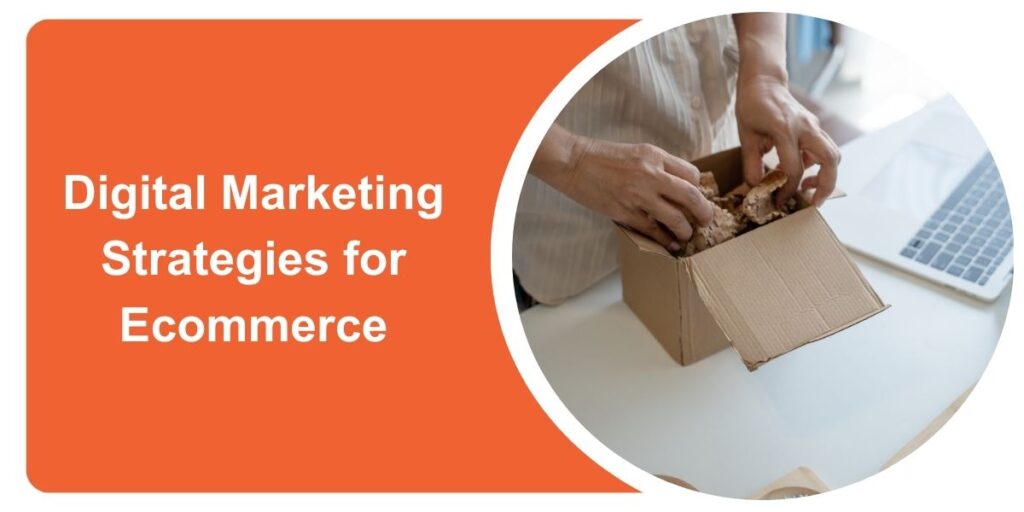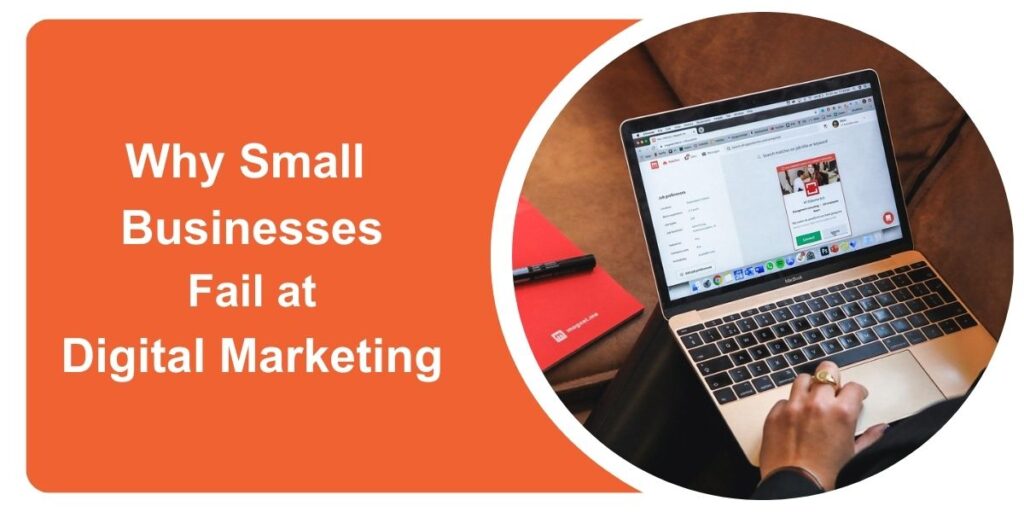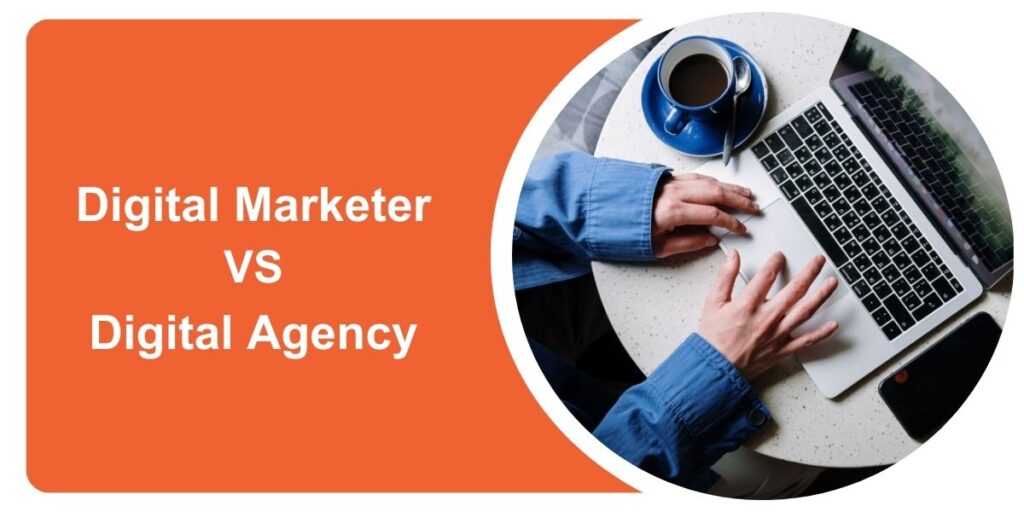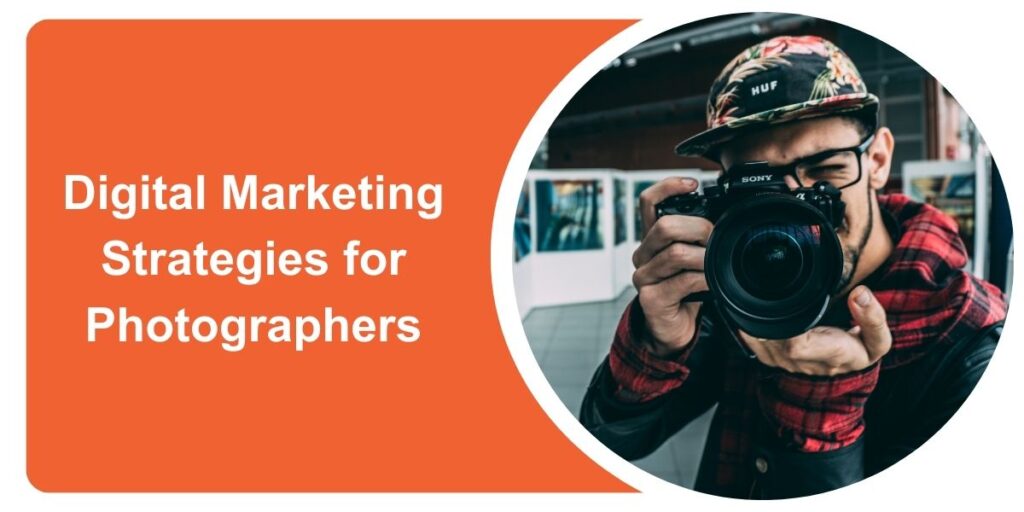
Growing an ecommerce store today takes more than just good products. With endless competition online, the real differentiator is how well you market and position your brand. The truth is, many of the fastest-growing ecommerce companies pulling in millions of dollars in revenue are not just relying on great products. They are executing smart, data-driven marketing strategies that scale globally while keeping customers loyal.
In this guide, I’ll break down the same proven strategies top-performing ecommerce brands use across platforms and markets. These are practical, repeatable tactics that you can apply to your own store to build sustainable, long-term growth.
A Cross-Platform Paid Media Approach
Relying on a single platform limits growth and makes your business vulnerable to rising costs or sudden algorithm changes. The strongest ecommerce brands diversify across search, social, and even marketplace ads to build a stable funnel.
Search Ads (Google & Bing): These capture high-intent buyers searching for specific products or categories. For example, someone typing “best women’s running shoes” is much closer to purchasing than a casual browser. Directing these users to optimized category or product pages maximizes conversion potential.
Facebook, Instagram, and Messenger: Social platforms excel at introducing new products, building brand awareness, and triggering impulse purchases through eye-catching visuals or lifestyle content. A shopper may not be looking for gym leggings, but when they see a relatable ad styled with fitness content, they might decide to buy on the spot.
When you layer intent-driven search with visually engaging social media campaigns, you cover both the demand-capture stage and the brand-discovery stage. This balance is essential for steady growth instead of unpredictable spikes.
Geo-Targeting and Localization
Running the same creative worldwide wastes budget and weakens brand relevance. Customers in different regions have unique preferences, cultural nuances, and seasonal needs.
Take apparel as an example:
- US shoppers often look for athleisure and versatile clothing suitable for both casual and workout settings.
- Canadian customers are more likely to prioritize warmth, so hoodies, jackets, and thermal gear perform better.
- Australian audiences may gravitate toward lightweight, breathable apparel suitable for warmer climates.
Localized campaigns go beyond just product focus. Adjusting copy, pricing displays, or even the imagery (like showing models in winter gear for Canada and beachwear for Australia) makes your brand feel more relatable. Businesses that invest in localization often see higher engagement, reduced bounce rates, and improved ad efficiency.
Estimating Spend and Measuring Longevity
Budgeting is less about how much you spend and more about how consistently and effectively you spend it. I’ve worked with stores that scaled profitably on $10,000 per month and others that needed $50,000 or more to reach meaningful traction. The difference came down to disciplined testing and reinvestment.
Longevity is the best indicator of success. If an ad can run for three, six, or even nine months profitably, it signals that the targeting and creative are working. Rather than scrapping such campaigns in search of “the next big thing,” refine them. Change visuals to avoid fatigue, update headlines to reflect seasonal trends, or test new audience segments while keeping the proven framework intact.
A business owner’s mindset should shift from “how much do I need to spend?” to “how long can I keep ads profitable and scalable?” That’s where the real return on investment lies.
Winning With Search Keywords
Search is where intent lives, and ecommerce growth depends on owning high-value buyer-intent keywords. These are not broad terms like “men’s shorts” but more specific searches that reveal readiness to buy.
Examples of buyer-intent keywords include:
- “Best men’s bathing suits under $50”
- “Exercise clothing brands for women”
- “Crossfit workout gear reviews”
- “Affordable yoga pants online”
Notice how these terms combine a product type with context or qualifiers (price, brand, use-case). These details signal that the user is actively researching products to purchase.
Building campaigns around buyer-intent keywords not only increases conversion rates but also reduces wasted spend on broad terms that attract window-shoppers rather than buyers. Ecommerce stores that win at search focus on owning these phrases across both paid and organic channels.
Ad Copy and Platform Strategy
Ad copy is not one-size-fits-all. Each platform has unique user behavior, and tailoring your message to match that mindset is key.
- Google Ads: This is where people are actively searching. Focus your copy on clarity, benefits, and solutions. Example: “Affordable Crossfit Shorts – Free Shipping on All Orders.” Send them directly to category or product pages that answer their query.
- Microsoft Ads: Often overlooked, this platform can offer cheaper CPCs and slightly older demographics. If your products appeal to professionals or higher-income segments, Microsoft Ads can deliver excellent ROI.
- Facebook & Instagram: Here, you’re not interrupting searches but grabbing attention. Ads should lean into storytelling, lifestyle shots, or emotional triggers. Example: A video ad showing someone transitioning from work to gym wearing your apparel conveys versatility better than plain product shots.
Aligning your ad copy with platform intent ensures each channel plays its role in moving customers along the buying journey.
Product-Level Campaigns by Market
Treating all markets the same is a common mistake. What sells in one country may underperform in another due to lifestyle, climate, or cultural preferences.
For instance:
- US audiences tend to embrace athleisure wear that fits both casual and active use.
- Canadian shoppers might respond better to campaigns showcasing insulated jackets, hoodies, or thermal leggings.
- Australian customers may connect more with summer apparel, breathable fabrics, or outdoor fitness gear.
By creating product-level campaigns based on these insights, you not only increase conversions but also build trust with customers who feel your brand understands their lifestyle.
Retargeting With a Human Touch
Retargeting is often the most profitable channel in ecommerce, but too many brands take a lazy approach with generic “You left something in your cart” ads. Shoppers see dozens of these every day, and most tune them out.
A better approach is to make retargeting personal:
- A short video thank-you message from the founder builds authenticity and strengthens loyalty.
- Personalized offers based on browsing behavior (“Still thinking about our performance leggings? Here’s 10% off to help you decide”) make customers feel understood.
- Post-purchase retargeting that showcases complementary products helps increase lifetime value without feeling pushy.
Adding a human element to retargeting transforms it from a sales tactic into a relationship-building strategy that keeps customers coming back.
Key Takeaways for Ecommerce Owners
- Use search ads to capture intent-driven buyers and social media to drive discovery and storytelling.
- Localize your campaigns to align with regional preferences and cultural differences.
- Focus on campaign longevity as a measure of success rather than chasing constant new experiments.
- Build keyword strategies around buyer intent to attract high-quality traffic.
- Tailor ad messaging to match user behavior on each platform.
- Personalize retargeting to create stronger brand-customer relationship
Digital marketing for ecommerce is not about spreading your efforts everywhere, it is about being deliberate with how you use each platform, who you target, and how you build customer relationships. By combining intent-driven search, visually engaging social campaigns, region-specific strategies, and human-centered retargeting, you can create a scalable framework that grows both sales and brand loyalty.
The real goal is not just to sell more products but to build a brand customers return to again and again.

I’m a certified digital marketing expert with over 9 years of experience helping businesses grow through SEO, PPC, and content marketing. I focus on creating data-driven strategies that deliver measurable results and long-term growth.


